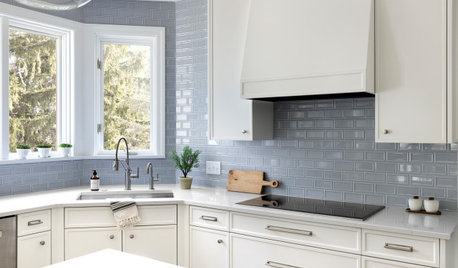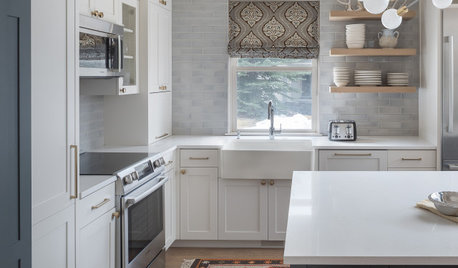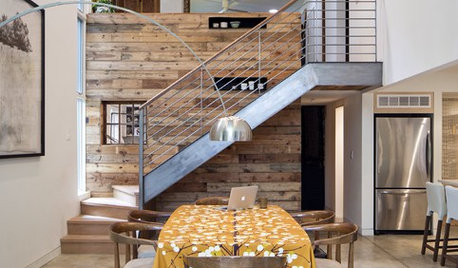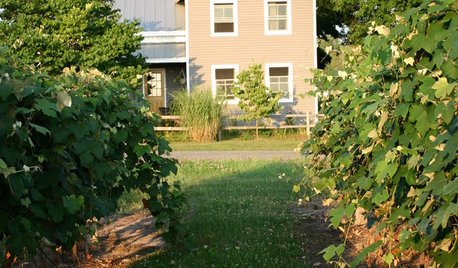Huge Messy Rhody
laurell
15 years ago
Related Stories

KITCHEN DESIGN8 Kitchen Organizing Ideas for Messy Cooks
Not the clean-as-you-go type? Not to worry. These strategies will help keep your kitchen looking tidy no matter what your cooking style is
Full Story
HOUSEKEEPINGGot a Disastrously Messy Area? Try Triage
Get your priorities straight when it comes to housekeeping by applying an emergency response system
Full Story
ACCESSORIESHow to Hide Those Messy Wires
Untangle Yourself From Ugly Electrical Cords With a Few Tricks and Accessories
Full Story
KITCHEN DESIGNHow to Choose the Right Depth for Your Kitchen Sink
Avoid an achy back, a sore neck and messy countertops with a sink depth that works for you
Full Story
KITCHEN SINKSJust a Touch: Faucets Without the Fuss
Faucets that turn on with a tap of the finger, forearm or hand are great for messy hands or full arms
Full Story
HOME TECHIce Cubes Are Obsolete! New Technology Is Way Cooler
Chill drinks the smarter way than using messy old ice, with these new home tech solutions
Full Story
KITCHEN DESIGNKitchen Design Fix: How to Fit an Island Into a Small Kitchen
Maximize your cooking prep area and storage even if your kitchen isn't huge with an island sized and styled to fit
Full Story
ORGANIZING7-Day Plan: Get a Spotless, Beautifully Organized Kitchen
Our weeklong plan will help you get your kitchen spick-and-span from top to bottom
Full Story
GREEN BUILDINGThe Future of Smart Design: Reuse, Reduce, Recycle
See why reducing waste in a home construction project should appeal to every architect, designer and client
Full Story






kristincarol
morz8 - Washington Coast
Related Professionals
Danbury Landscape Architects & Landscape Designers · Chattanooga Landscape Architects & Landscape Designers · Mitchellville Landscape Architects & Landscape Designers · Tomball Landscape Architects & Landscape Designers · Forest City Landscape Architects & Landscape Designers · Burlington Landscape Contractors · Columbine Landscape Contractors · Edinburg Landscape Contractors · Firestone Landscape Contractors · Las Vegas Landscape Contractors · Medford Landscape Contractors · San Rafael Landscape Contractors · Setauket-East Setauket Landscape Contractors · Thornton Landscape Contractors · Sun Valley Landscape Contractorsrhodyman